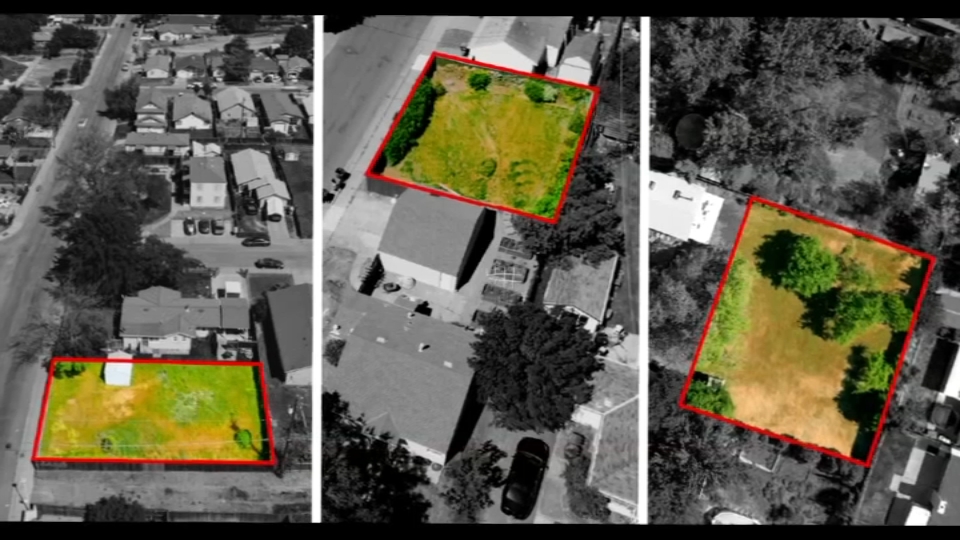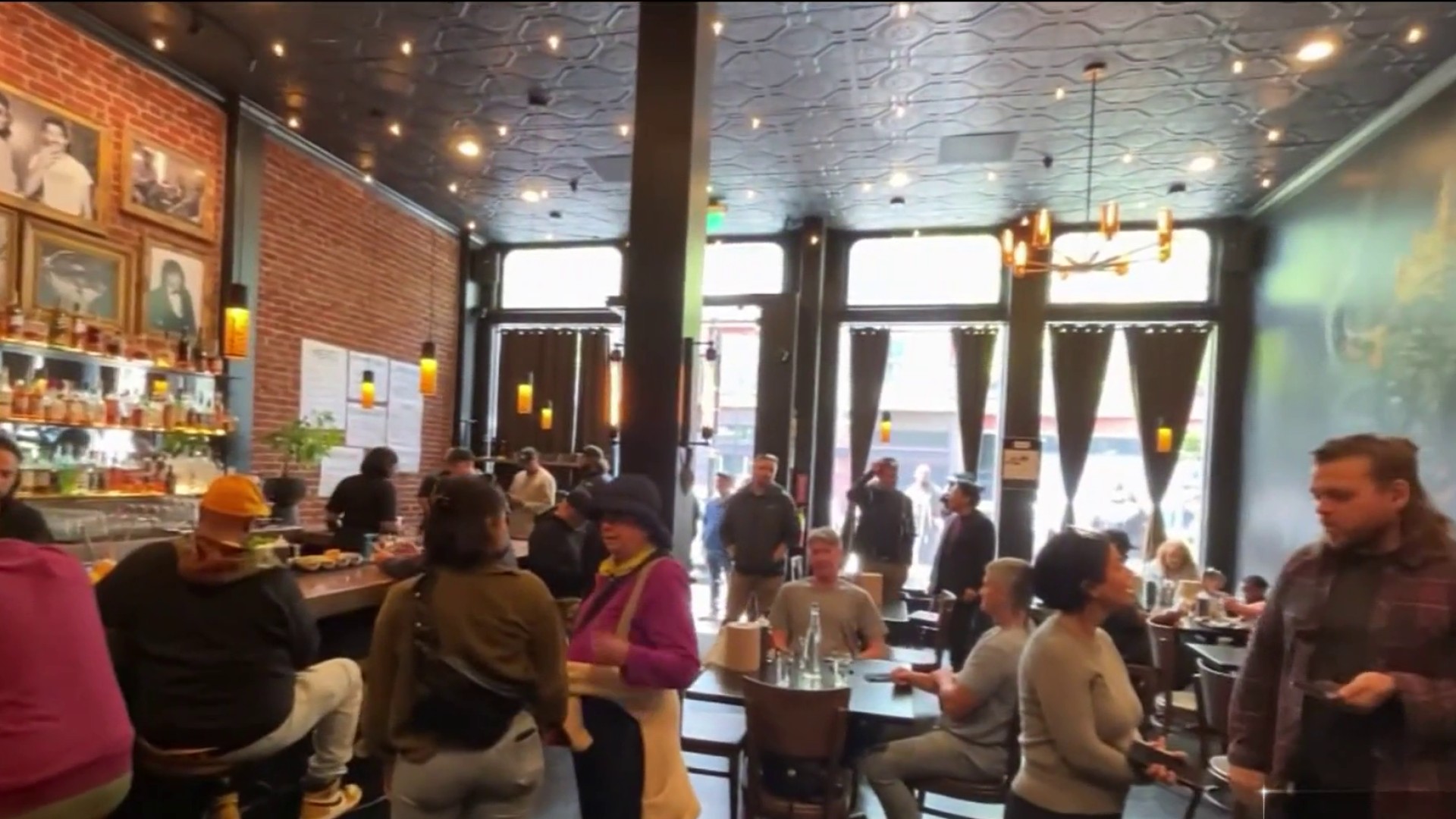Randy Shaw stood in the center of the Tenderloin museum he’d long pined for. He beamed as he took in the walls of vintage photos, the nooks cloaked in red Victorian wallpaper, and an early flipper-less pinball machine once used for gambling.
Six years prior, Shaw had hatched his vision of a museum devoted to telling the Tenderloin’s long forgotten story - a tale that veered deeper and wider than its current reputation as a drug-infested lair for the down and out.
The Tenderloin museum opened recently in a storefront at the corner of Eddy and Leavenworth in the historic Cadillac Hotel, a residential community for low-income people. Shaw saw past the graffiti-scrawled walls to envision a vessel for the area’s colorful tales.
“We had to first discover the Tenderloin’s history,” Shaw said. “Because it didn’t have a history. We had to research and find it.”
The walls within the single-room museum were covered in photos and interactive exhibits all devoted to the TL. Visitors could listen to vintage recordings of jazz artists like Miles Davis and Thelonious Monk who recorded live albums in the neighborhood’s now defunct Blackhawk Jazz cClub.
“The Blackhawk Jazz Club was one of the great, epic Tenderloin nightspots,” Shaw said, noting the Grateful Dead and Creedence Clearwater Revival also recorded famed albums at a Tenderloin recording studio.
Another wall was devoted to the area’s long history of vice — detailing its early years rampant with gambling, prostitution and corruption. Shaw pointed to a display revealing the area’s gay history — which he described as literally underground with many gay clubs hidden in hotel basements.
Local
“The Tenderloin was the geographic center of San Francisco’s gay-lesbian movement from World War II into the 1960s,” Shaw said. A riot by transgender people at Compton’s Cafeteria in 1966 was considered one of the nation’s first gay demonstrations.
Longtime Tenderloin resident and tenant organizer Brenda Washington said the museum was necessary to tell the deeper story of the oft-avoided neighborhood where drugs and crime are fixtures.
“It’s a lot of important history that a lot of people don’t know about,” Washington said.
“The Tenderloin has always been greatly disparaged by a lot of people,” agreed Kathy Looper who runs the Cadillac Hotel, and whose late-husband Leroy Looper was called “the father of the Tenderloin. “It’s a unique place, it’s a wonderful place, it has a tremendous sense of history.”
Adult visitors will have to pony-up $10 to find out that history. A walking tour of the neighborhood is included for $15.
Shaw said the museum is a piece of a neighborhood revitalization was with new restaurants, shops and arts groups moving in. CounterPulse Theater was among the latest wave of new arts organizations moving into the neighborhood. The theater group is rehabbing a former adult cinema on Turk Street, set to open in October.
“It’s absolutely important to keep the arts in this area,” said CounterPulse executive director Tomas Riley. “We feel like the residents have an attachment to this place that the corporations do not.”
In a way, Shaw said the entire Tenderloin neighborhood is a museum of sorts, with its collection of buildings dating back to post-1906 earthquake rebuilding. He described it as a unique urban center - a time capsule of sorts - deserving of a museum to catalog its tales and present a different picture than the gritty tales played out on its sidewalks.
“It’s a remarkable story that we have preserved this neighborhood as a primarily low-income neighborhood,” Shaw said. “In one of the most expensive cities in the world during economic booms.”



